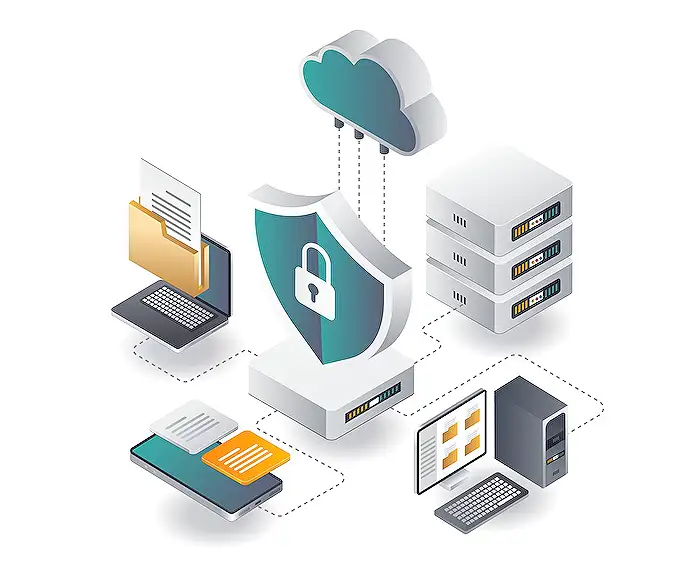
Microsoft Fabric: Energize Your DAG with Translytical Task Flows
Power BI Microsoft Fabric Translytical Task Flows User Data Functions DAG Orchestration
Key insights
- Translytical Task Flows in Microsoft Fabric and Power BI transform static reports into interactive apps, letting users perform actions like adding, updating, or deleting data directly from the report interface.
- User Data Functions (UDF) enable these flows by allowing read/write access to Fabric data sources (such as SQL databases, warehouses, and lakehouses), supporting real-time updates and workflow automation within Power BI.
- This technology supports features like dynamic annotations, automated notifications, approval workflows, data augmentation, and integration with AI services such as Azure OpenAI for custom insights directly inside reports.
- DirectQuery Mode is essential for real-time write-back scenarios, ensuring that changes made in the report are instantly reflected in the backend data sources without delay.
- The new approach enables not only internal updates but also automated cross-system workflows, including triggering external APIs and embedding AI-driven suggestions using Azure OpenAI within Power BI reports.
- Example use cases: Users can update discounts on sales tables, add comments to specific data points, trigger approval workflows based on changes, or generate personalized marketing suggestions—all without leaving the Power BI environment.
Introduction to Translytical Task Flows in Microsoft Fabric
In a recent YouTube video, the popular channel Guy in a Cube explores the transformative capabilities of Translytical Task Flows in Microsoft Fabric. This innovative feature, now available in preview, is reshaping how organizations interact with their data in Power BI. Instead of merely visualizing information, users can now trigger workflows and perform direct data modifications within their reports. As a result, the traditional Directed Acyclic Graph (DAG) becomes more than a static map—it evolves into an interactive application experience, enhancing both data management and operational efficiency.
By integrating real-time data actions and automation, Translytical Task Flows bridge the gap between analytics and operational processes. This approach empowers users to not only analyze but also act on their data instantly, all from within the familiar Power BI environment. Such advancements mark a significant leap forward for business intelligence tools, fostering a more dynamic and collaborative workflow.
Core Features and Capabilities
Translytical Task Flows rely on Fabric’s User Data Functions (UDFs) to enable seamless read-and-write access to various data sources. Through these functions, users can add, update, or delete records in SQL databases, warehouses, and lakehouses, directly from the Power BI interface. This capability is particularly useful for scenarios where real-time updates and immediate feedback are essential.
Moreover, the technology supports dynamic annotations, notifications, and even approval workflows. By leveraging APIs, including those from Azure OpenAI, users can embed custom AI-driven actions within their reports. This means tasks such as generating suggestions or automating decisions are now possible without leaving the Power BI environment, significantly streamlining daily operations.
Tradeoffs and Challenges of Adoption
While the benefits of Translytical Task Flows are substantial, organizations must carefully consider certain tradeoffs. Enabling write-back functionality requires the use of DirectQuery mode, which, while essential for real-time interactions, can introduce performance considerations. Heavy read/write operations are best suited for Fabric SQL databases due to their robust performance, yet this may limit flexibility for teams using other data sources.
Additionally, as this feature is currently in preview, there may be limitations and evolving best practices. Early adopters will need to stay updated with Microsoft's ongoing enhancements and be prepared for potential changes in functionality as the technology matures. Balancing the desire for cutting-edge interactivity with the stability of established workflows remains a key challenge for many organizations.
Practical Applications and Example Scenarios
The video highlights several compelling use cases that illustrate the value of Translytical Task Flows. For instance, users can update discounts on sales tables directly within a report, attach contextual comments to specific data points, or trigger automated notifications and approval processes based on real-time changes. These interactive features not only streamline decision-making but also enhance collaboration among team members.
Furthermore, the integration of AI models—such as generating personalized marketing suggestions through Azure OpenAI—demonstrates the versatility of this tool. Teams can now harness advanced analytics and automation without switching between multiple applications, simplifying complex workflows and improving overall productivity.
Enhanced Collaboration and User Experience
One of the standout aspects of Translytical Task Flows is the visual task flow canvas provided at the workspace level. This feature allows teams to organize, track, and manage their project workflows within Microsoft Fabric, promoting better coordination and transparency. The intuitive interface, which includes controls like buttons and slicers, makes it easier for users to input data and receive dynamic feedback, further enhancing the user experience.
In summary, the integration of Translytical Task Flows into Power BI and Microsoft Fabric represents a significant step toward operationalizing analytics. By balancing advanced functionality with ease of use, organizations can unlock new opportunities for efficiency and collaboration, while remaining mindful of the evolving nature of this promising technology.

Keywords
Translytical Task Flows Microsoft Fabric DAG SEO Data Integration Workflow Optimization Analytics